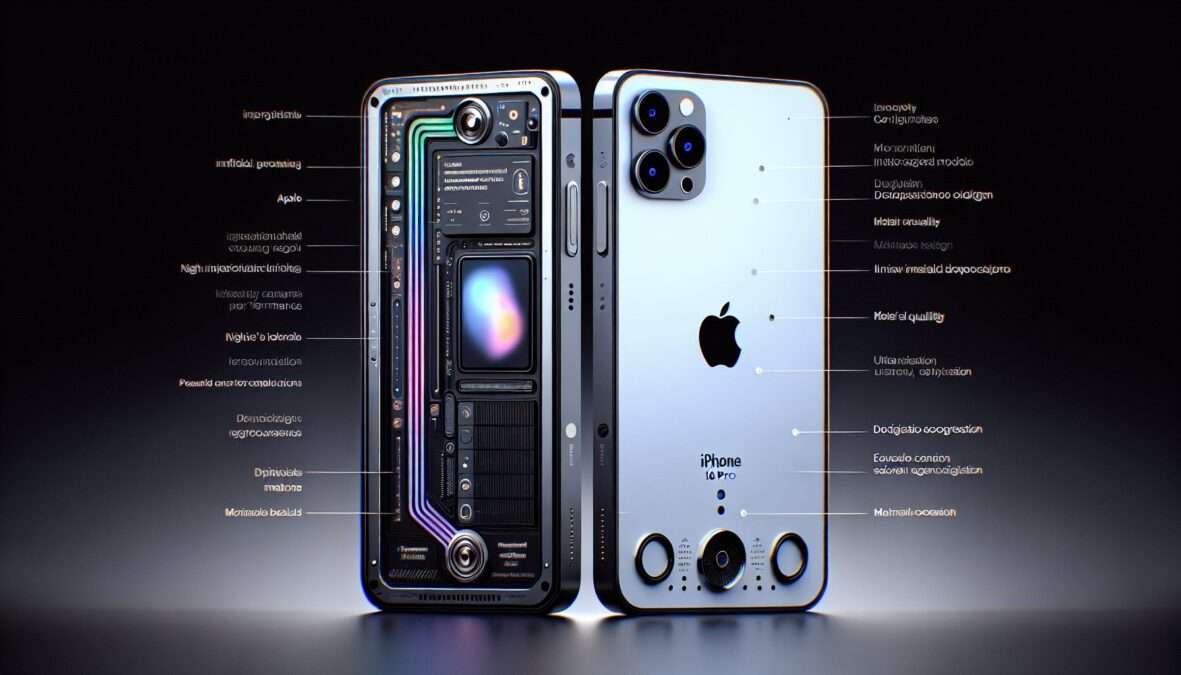As Apple prepares to launch its highly anticipated iPhone 16 Pro models later this year, new details are emerging about efforts to secure and upgrade key components like the battery. Insider reports indicate Apple is making moves to diversify its battery supply chain, while also developing new battery technology in-house to improve thermal performance.
Bloomberg’s Mark Gurman recently noted the upcoming departure of Tang Tan, Apple’s longtime head of iPhone and Apple Watch product design. While the iPhone 16 Pro design may already be finalized, Tan’s exit could impact devices further down the line. Still, near-term iPhone upgrades focused on battery life and efficiency remain on track.
Supply Chain Moves Signal Focus on Security and Performance
In a bid to reduce dependence on any single battery supplier, Apple is working to scale up alternative sources, according to a Financial Times report. Major manufacturers like China’s Desay and Taiwan’s Simlo Technology have reportedly been asked to increase India-based iPhone battery production capacity.
This aligns with Apple’s broader efforts to diversify its supply chain amid ongoing US-China trade uncertainties. Locating more battery production in India helps hedge against trade disruptions while bringing assembly closer to other iPhone component suppliers in the region.
Alongside supply chain maneuvers, Apple is also evolving iPhone battery technology itself. Recent tear downs of iPhone prototypes reveal unique battery designs not used in previous models. This likely ties into Apple’s ongoing work to develop batteries in-house, much like it did with custom Apple silicon.
Tightly integrating batteries with other iPhone hardware can optimize efficiency and thermal characteristics. Switching to new materials like frosted metal casings instead of foil further aids heat dissipation – key to avoiding performance throttling as iPhone processors grow even more powerful.
Next-Generation iPhone 16 Pro Chipset Poised to Push Boundaries
All signs point to the upcoming iPhone 16 Pro models introducing Apple’s newest A-series Bionic processor, presumably called the A18 Bionic. Judging by the 50% performance leap achieved between last year’s A15 Bionic and A16 Bionic versions, another sizable boost is plausible.
Combining advanced Apple silicon with software and hardware optimizations can enable significant iPhone performance growth without sacrificing battery life or generating excess heat. Those tight integrations are now easier for Apple to achieve as more components like batteries and chipsets get custom in-house designs.
But to fully capitalize on performance gains, Apple must carefully balance battery capacity and efficiency amid greater power demands. Just as the A16 Bionic’s gains were partially offset by a slightly smaller battery in the iPhone 14 Pro, maintaining battery life parity will require holistic improvements spanning from advanced materials to optimized software.
Fortunately, Apple’s intensified focus on upgrading key iPhone subsystems like batteries lays the foundations for major performance leaps to come. Determined supply chain diversification and next-gen battery R&D provide the building blocks to support Apple’s ambitious silicon roadmap.
The Road Ahead: Sustaining Flagship iPhone Innovation and Leadership
While the iPhone 16 Pro models are unlikely to introduce major physical design changes, under-the-hood improvements resulting from Apple’s enormous R&D investments will deliver meaningful feature upgrades to customers. From displays to wireless connectivity and cameras, Apple spares no expense to push boundaries.
But all those cutting-edge capabilities require adequate battery capacity and cooling to enable smooth flagship smartphone experiences. By tackling these interconnect challenges through supply chain shake-ups and engineering initiatives early on, Apple reduces execution risk and sets the iPhone lineup for sustained excellence.
Losing longtime product design veterans like Tang Tan deals a short-term setback in retaining institutional knowledge. Yet Apple has proved resilient thanks to its bench strength and methodical leadership transition planning. With Tim Cook emphasizing business continuity and innovation sustainability, Apple seems well positioned to keep wowing consumers with industry-leading iPhones for years to come.
So while radical iPhone redesigns shouldn’t be expected annually, Apple’s incremental but bold engineering strides will help the iPhone 16 Pro models deliver significant customer delight. Efficiency and performance gains will again raise the smartphone bar, aided crucially by extensive battery supply chain and R&D efforts underway.























